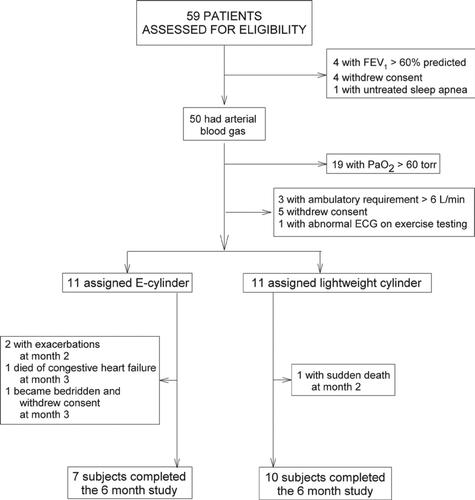Figures & data
Table 1. Subject characteristics and self-reported oxygen use
Table 2. Characteristics of randomized subjects
Figure 2. Compliance with long-term oxygen therapy in 3 illustrative COPD patients. The abscissa divides each day into one hour bins (starting at midnight (MN)); the ordinate presents the average (± 1SE) minutes of use per hour for ambulatory, stationary and total oxygen use. Panel A averages 28 days of data in the second month after randomization to the lightweight oxygen group. There is good nighttime compliance with stationary oxygen, but much less use during the day. Ambulatory oxygen is used during the day on average about one-fifth of the time. Panel B averages 13 days of oxygen use during the baseline period in a subject later randomized to the E-cylinder group. This is a very compliant patient, who averages near 60 minutes/hour around the clock; ambulatory oxygen use peaks at about 20 minutes/hour at mid-day. Panel C averages a 21-day period in the second month after randomization to E-cylinder oxygen. This subject used stationary oxygen for 35–40 minutes/hour during waking hours but used little oxygen at night. Ambulatory oxygen use was rare.
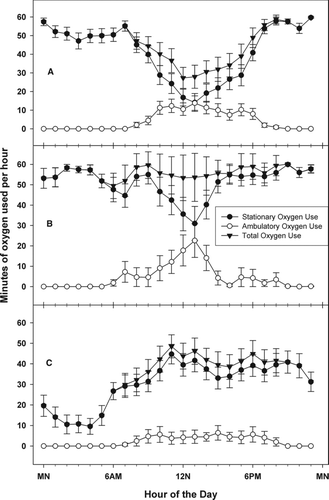
Figure 3. Compliance with long-term oxygen therapy over a 2-week period at baseline in 22 COPD patients. The abscissa divides each day into 1-hour bins (starting at midnight (MN)); the ordinate presents the average (± 1SE) minutes of use per hour for ambulatory, stationary and total oxygen use.
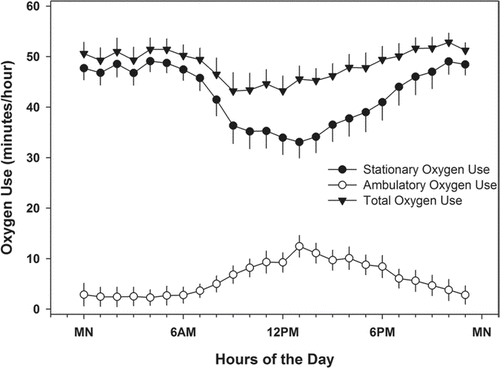
Figure 4. Compliance with oxygen therapy in 22 COPD patients. Hours per day of oxygen use at baseline (BL) (during which ambulatory oxygen was delivered by E- cylinder) and over the 6 months post-randomization to ambulatory oxygen by either E-cylinder (n = 11) or lightweight cylinder (n = 11) are presented. Average (± 1SE) oxygen use for stationary, ambulatory and total oxygen use is plotted. *Significantly higher oxygen use than in E cylinder group at baseline (p = 0.04) and significantly higher oxygen use than in lightweight oxygen group during the intervention period (p < 0.001).
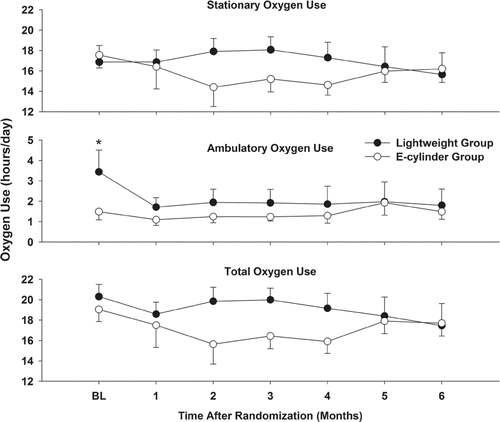
Table 3. Average hours per day of oxygen use at baseline and during the intervention period
Figure 5. Time course of activity level and time worn over the course of the day at baseline, 3 months and 6 months in subjects in the E-cylinder and lightweight cylinder groups. The abscissa divides each day into one hour bins (starting at midnight (MN)). Left panels: subjects (n = 11) who used E-cylinders at baseline and lightweight cylinders after randomization for their ambulatory source. Right panels: subjects (n = 11) who used E-cylinders for their ambulatory source both at baseline and after randomization. Upper panels: activity levels (expressed as vector magnitude units (VMU)) assessed by tri-axial accelerometer. Lower panels: minutes the activity monitor was worn per hour for each hour of the day. X represents nighttime hours when wearing times in the group averaged <10 minutes/hour.
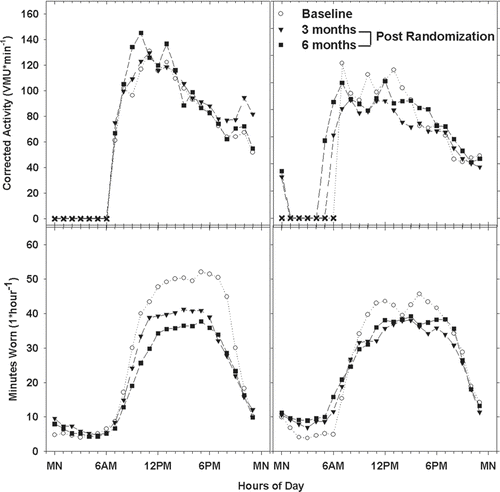
Table 4. Activity monitoring analysis at baseline and during the intervention period

